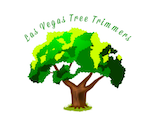|
Pine trees are coniferous evergreens that thrive well in Mediterranean climatic conditions. Their evergreen state and corn shape require a little trimming. Occasionally, one might require pruning dead or infected branches to stop infections from spreading. Light trims once per year should be enough to remove the dead and infected branches. It is also important to note that the best time of the year to prune is during the late winter and early spring season. This will enable them to recover from the pruning wounds during the warm spring season. Before embarking on the trimming process, remember, do not cut more than one-third of a new growth to avoid stressing the tree.
How to Trim a Pine Tree
Warning Never cut the branches of a pine to the point of no green. This will make it a dead zone that will never regenerate. An exception can only be made if you plan to discard the whole branch. Finally, remember to cut into the green foliage to keep the tree looking healthy.
7 Comments
Palm Tree SkinningSkinning refers to the act of removing dead remains of fronds from a tree trunk. Many palm owners believe in a misconception that palm skinning helps them grow but instead, it leads to stunt growth. These fronds protect the tree from severe cold winter. It is important to note that palm tree should only be skinned if the fronds pose a hazard to people or property, are broken or dead or if the tree is flowering and bearing fruits. Steps
It is vital to note that green fronds produce the palm tree’s food. It is important to keep them around for a healthier palm tree. Wait for another year before skinning the tree again. For larger palm tree skinning projects, it's best to hire a professional for the job. If you would like to a get a free estimate on your project. Give Las Vegas Tree Trimmers a call (702) 793-2711 About Las Vegas Tree TrimmersLas Vegas Tree Trimmers 5354 Lindell Rd. Apt. 1111 Las Vegas, NV 89118 (702) 793-2711 Stay Tuned For Our Future Blog Articles By Following Us On Social MediaRemoving a tree is a decision that requires proper planning due to safety reason. An old, dying or dead tree can be removed due to safety, aesthetic and health reasons. They can also be removed if they interfere with driveways, utility wires, other trees, and buildings. Always seek help from professionals when removing large trees since the process requires ropes and mechanical equipment.
Steps
It is imperative to note that falling tree can interfere with other people’s property leading to legal action. Finally, think twice before removing a tree since it might take a decade or more to replace it. For any questions about removing a tree or if you would like to get a free estimate on how much it would cost to remove a tree for you. Don't hesitate to call us at (702) 793-2711 Want to learn more about Las Vegas Tree Trimmers? Check out our about page to see if we're the right fit for you. Tree stumps are often removed due to various reasons, these include; for safety, space and landscaping. It is important to assess a stump before removing it; this will enable you to choose the appropriate techniques and methods according to the stump size. A stump’s age and size are the determining factors when it comes to removal. Old and small stumps are easier to remove compared to large and mature ones. Removing a Stump by Hand Tools required are; a chainsaw, pick mattock, shovel, ax, digging bar, chain and a four wheel drive truck Steps
Chemical Stump Remover and Killer You will need potassium nitrate, a drill, chainsaw and an ax. You will need; a chainsaw, potassium nitrate, a drill, shovel, scarp wood, hot water Steps
Burning a stump You will need; a chainsaw, potassium nitrate, a drill, shovel, scarp wood, hot water and a lighter.
Rotting the Stump. You will need; a drill, high nitrogen substance, and water
Grinding the stump away. You can rent a grinder for about $200. You will also need a shovel, mattock, chainsaw and rake.
If you need to help removing your tree stumps, fill free to give us a call and request a free estimate. (702) 793-2711 Add Us On Social Media For All The Latest Tree Service New!It is essential for any tree owner to always inspect the tree for safety purposes. If any of the trees on your property look anything other than firm and healthy, then you may need emergency tree services. The signs to look out for are:
It is imperative that no one goes near trees exhibiting the above signs unless under instructions from a tree expert. For any questions about emergency tree service. You can always give us a call. (702) 793-2711 Follow Us On Social Media!It is essential that you hire a tree removal specialist before cutting down trees. This is because remaining stumps pose a negative impact to the surrounding. Some of the factors that need to be considered before deciding what to do with the stump are listed below.
Although stump removal costs extra cash, removing them will be worth it since the cons of having the around exceed the pros. Removal can be done by grinding or pulling them out using a tractor by professional. Maintaining a tree’s health is a vital process that requires both knowledge about trees and time to ensure that they grow from seedlings to fully mature plants. The process starts from tree nurseries till a seedling develops into a fully grown tree.
Selecting Quality Seedlings It is essential to select a quality seedling from nurseries for planting. First, inspect the general health of the seedling. Check the roots, crown, branches and foliage to ensure there are no injuries and pest infections. Root structure can simply be inspected by washing away the soil with water, ensure the roots flare away evenly from the trunk with no visible deformations such as kinks and girdling. The trunk’s taper and caliper should also be even with its height. This will ensure that a tree will be able to withstand wind load and grow unsupported. Branches and foliage should be health, green with an even distribution both vertically and laterally. Proper Planting Having the proper knowledge about planting will ensure that young trees survive. Experts advise that fall is the best planting season due to soil warmth and adequate moisture. The growing site should be evaluated before planting, soil type and drainage should be taken into consideration first. Compactness can be correct by tilling and irrigation. Planting holes should be at least twice the root balls diameter. Its depth should also match the root balls length. Young trees should be placed in the hole immediately after being removed from the nursery container to avoid drying. It’s imperative to fill the hole immediately but not to the brim. Ensure the soil is firm to avoid settling and water it thereafter. Use of fertilizers is not essential at this stage but one can start applying after a month. Another vital point is to ensure that separation between trees is at least 12 inches to avoid competition that can lead to stunted growth. Staking Staking can be done to provide support for weak trunk from wind or interference by pedestrians. It can be done by using two wooden stakes dug into the ground on either side of a young tree which are then tied to the tree using smaller branches or strings. A wire caging can also be used to avoid vandalism. Ties should be routinely checked to avoid girdling and restriction of the trunk growth Tree Training Just like small kids, young trees also need training. The training process includes; discarding dead, dying, broken and diseased branches, removing branches that are larger than one-third of the trunk and selecting a central leader branch while eliminating any competition. Pruning Trees that have been properly trained require little pruning after they mature. Pruning is generally done to eliminate dead, weak, competing and undesirable branches to improve a tree’s appearance. Pruning involves crown thinning and raising. Thinning improves light penetration in case a tree has thick foliage, it involves cutting away some of the branches to reduce their number. Crown raising, on the other hand involves cutting away the lower branches to create space or to avoid interference from pedestrians. For any tree related questions, fill free to give us a call at (702) 793-2711 Tree trimming or pruning is a technic that requires both skill and knowledge for the desired results. Some of the reasons for trimming include; maintaining a tree’s shape and appearance, human safety and saving an infected tree by strategically pruning all limbs and branches affected by diseases. Pruning tools include; secateurs for young branches vines and flowers, loppers for branches up to 3 inches thick, pruning saws for branches up to 5 inches thick’ hedge shears for hedges and pole pruners for dead wood. Before embarking on the trimming process, it’s essential that one understands the vital tips for proper pruning.
General tips include;
Pruning can further be subdivided into crown thinning, crown raising and crown reduction. Crown thinning is the reduction of the number of lateral branches by pruning away those that cross each other. Crown raising is achieved by trimming the lower branches for various reasons such as providing clearance to pedestrians while crown reduction simply means reducing the size of a tree’s crown. Trimming Technique
Tree Trimming Cost For an attractive landscape, one should consider tree trimming. Trimming cost depends on; the kind of trees or shrubs, tree service required and the kind of location (Residential or Business). This can range from $10 to $30 per tree or branch. Knowing tree trimming basics can help one handle the process without necessarily employing the experts. If you would like to get a free estimate on the cost to trim and prune your trees give us a call at (702) 793-2711 to schedule an appointment. Or click here to fill out a contact form.
The tree service process refers to professional care of tree right from the initial stage of planting, pruning and topping to tree and stump removal. Professional tree services are offered by certified arborists from any accredited company.
Tree Planting. Any tree with thrive if only it is planted in a proper location. Each tree should be planted in the right geographical local with specific weather conditions which it is adapted for. It is important that proper research is done before settling on a particular tree, shrub or flower. Unfortunately, the most attractive trees take time to grow but fertilizers can be used to speed up the process. Most urban centers lack the proper nutrients for proper tree growth due to inadequate moisture, soil compaction, damage from construction and competition from other trees. Silver maples are preferred by many since they mature relatively faster. It is essentially to water young tree in dry seasons such as summer for continued growth. This can be done by sprinkling water on the adjacent soil. A horse pipe can be used but larger trees need more water hence the process will have to take longer. Topping and Pruning Tree pruning is mainly done for a better landscape and safety reasons. It makes the landscape orderly and attractive while doing away with unnecessary branches which can be harmful to the general population. The process includes crown thinning for size reduction and crown raising by trimming of the lower branches to provide clearance for pedestrians. Tree and Stump removal Tree are sometimes discarded due to various reasons such as; safety, creating space and due to age. Stumps on the other hand tend to be unattractive, tractors can be used to pull them from the ground or they can also be ground using grinder machines which can be hired. If you would like to know more about the tree service process or would like to get a free quote on any tree related services. Visit our website at www.lasvegastreetrimmers.com or give us a call to schedule a FREE estimate at (702) 793-2711. About Las Vegas Tree Trimmers
Las Vegas Tree Trimmers
5354 Lindell Rd. Apt. 1111 Las Vegas, NV 89118 (702) 793-2711 Follow Us On Social Media
Follow us on Twitter
Check us out on Facebook Take a look at our newest picture on Instagram Our Google + is a great hangout. Check Out Our Tree Service YouTube Video |
|
Check Us Out On Social Media
|
Website by Las Vegas Tree Trimmers

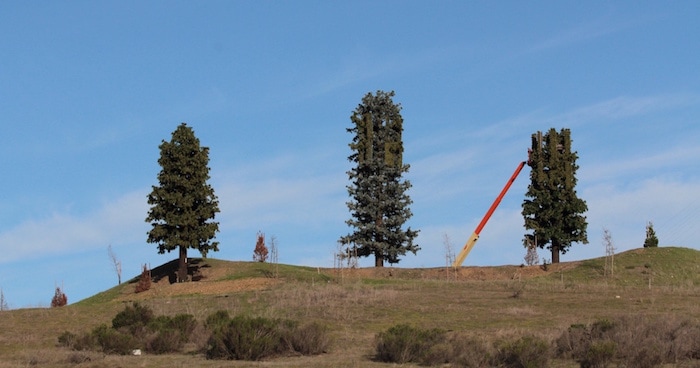


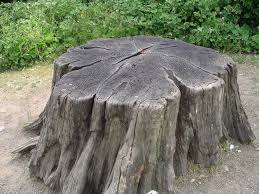
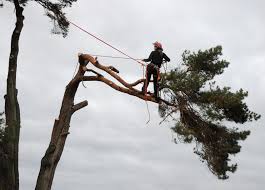
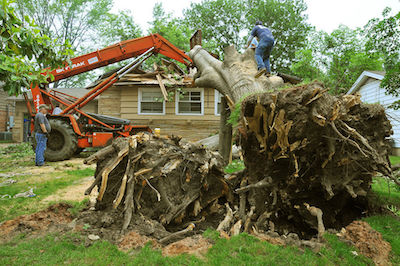
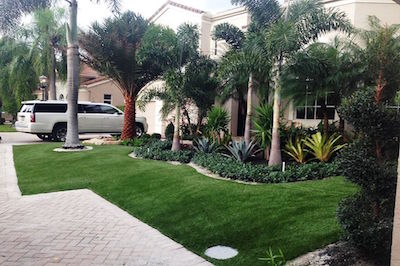
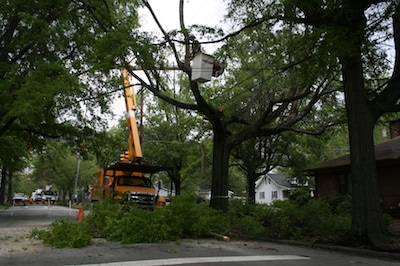
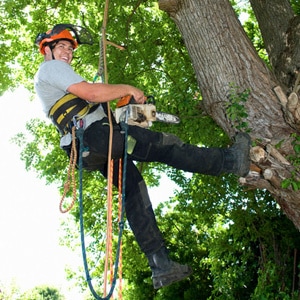
 RSS Feed
RSS Feed
